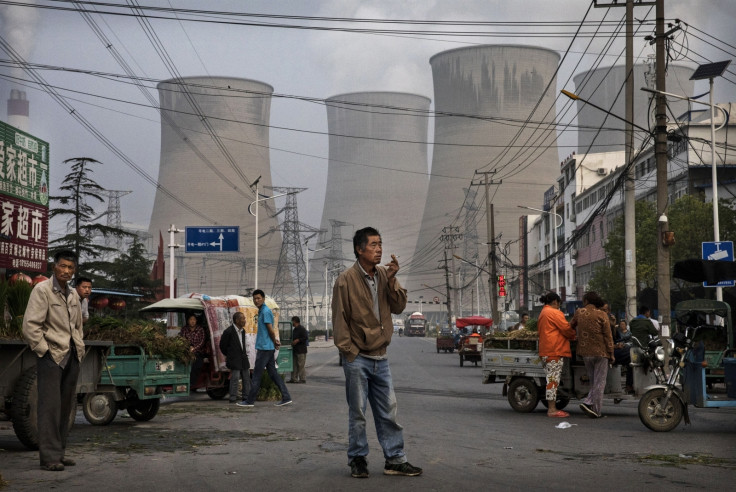Coal ash discovered to contain massive quantities of toxic nanoparticles
Titanium suboxide isn't known to be produced by any natural processes.
A type of nanoparticle new to the natural environment has been discovered in large quantities in coal ash.
The tiny particles of titanium suboxide have been found to be toxic to fish, and further tests are needed to test whether it poses harm to humans, scientists report in a study in the journal Nature Communications.
Titanium suboxide is not known to be produced in the natural environment or in any other common industrial processes. The nanoparticles of this compound fall within the category of PM 2.5 – the most harmful type of particulates in air pollution.
Their tiny size makes these particles potentially dangerous to human health. They can penetrate even the smallest airways to the delicate alveolar sacs in the lungs, where oxygen and carbon dioxide are exchanged between air and the bloodstream.
The toxicity of the compound has so far only been tested in zebrafish. Researchers at Virginia Tech in the US found that it was toxic to the fish in the dark, but not in the light.
"That fact is a cause for concern," study author Michael Hochella Jr told IBTimes UK. "When it gets into human lung – where it's obviously dark – it may be toxic."
However, further extensive tests are necessary before it's possible to say whether the titanium suboxide nanoparticles are indeed toxic to humans as well as fish.
If it is toxic, the consequences will be significant. The substance was present in coal ash from all 12 power plants sampled as part of the study. In countries such as China, it was detectable in dust on the streets. Given that coal burning is the only known source of titanium suboxide, this suggests the pollutant could be widely dispersed by coal burning.
"If you don't have the right facilities installed in power plant smoke stacks to trap the small parts in the gas – or if you do but they're faulty – then this material will definitely be in the gas as it goes up the atmosphere and spread locally, regionally and even globally," Hochella said.
While these filters are a regulatory requirement in areas such as the US and the EU, elsewhere in the world regulations are often less strict or are not fully enforced. The next stages of research will involve testing samples from nations such as India to see how widely titanium suboxide can be found in the environment.
The finding is a potential addition to coal's known environmental and health impacts. It is a major contributor to carbon dioxide emissions, contributing to climate change, and PM 2.5 pollution, which has been linked to premature deaths due to heart and lung conditions. About 30% of the world's energy needs are currently met through burning coal, according to the International Energy Agency.
Titanium suboxide will now be tested on other animals, such as rats, and to see if it is present in the lung tissue of people who have died from respiratory diseases linked to air pollution.

© Copyright IBTimes 2025. All rights reserved.






















